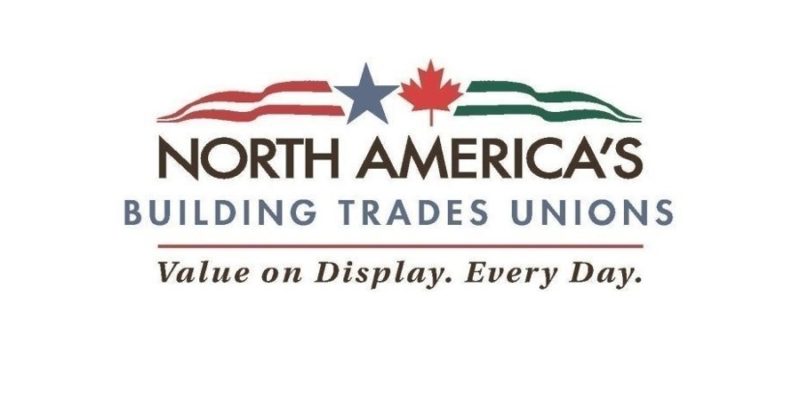Journal of Safety Research
Volume 83, December 2022, Pages 349-356
Abstract
Introduction: Apprenticeships combine mentored on-the-job training with related instruction to develop a workforce with the skills sought by employers. Workplace safety is an important component of apprenticeship training. Whether that training results in fewer work injuries, however, is largely unknown. Method: We linked Washington’s registered apprenticeship data, plumber certification (licensing) data, employment data, and workers’ compensation claims to compare claim rates among journey level plumbers (JLP) by apprenticeship participation. We used negative binomial regression models to estimate rates of total claims, wage replacement/disability claims, acute injuries, and musculoskeletal disorders (MSD), adjusted for worker characteristics. Results: Among JLP certified between 2000 and 2018, rates among JLP with no apprenticeship training were 46% higher for total workers’ compensation claims (adjusted Rate Ratio (aRR) = 1.46, 95% CI: 1.26–1.69) and 60% higher for wage replacement/disability claims (aRR = 1.60, 95% CI: 1.22–2.11), compared to rates among JLP who completed a plumbing apprenticeship. Apprentice graduates experienced a greater decline in the rate of total claims between the 5 years preceding JLP certification and the years after certification (55.3% vs. 41.4% among JLP with no apprenticeship training). Greater rate reductions among JLP apprentice graduates were also observed for acute injuries and MSD, although the decline in MSD was not significantly different from the decline among JLP with no apprenticeship training. Conclusions: Successful completion of a plumbing apprenticeship program is associated with fewer work injuries throughout the career of a JLP. Apprenticeships appear to play a key role in reducing work injuries among JLP, especially acute injuries. Practical Applications: Apprenticeships are an effective model for reducing workplace injuries. The mechanisms by which apprenticeship training improves workplace safety should be identified to better inform injury prevention efforts among apprentices as well as among workers outside of a formal apprenticeship arrangement.









